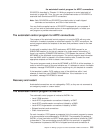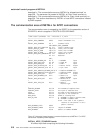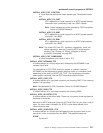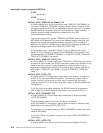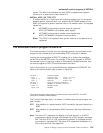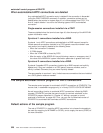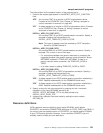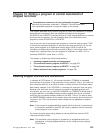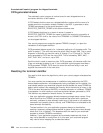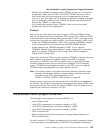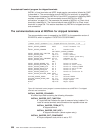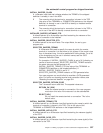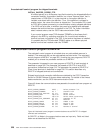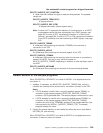
Chapter 13. Writing a program to control autoinstall of
shipped terminals
Considerations common to all user-replaceable programs
Note that the comments contained in “Chapter 5. General notes about
user-replaceable programs” on page 401 apply to this chapter.
This chapter describes how to write a program to control the installation of shipped
terminals and connections. Both the supplied autoinstall control programs,
DFHZATDX and DFHZATDY, provide function to install shipped definitions of remote
terminals and connections. You can therefore base your customized control
program on either DFHZATDX or DFHZATDY.
Just as you can use an autoinstall user program in a terminal-owning region (TOR)
to control the automatic installation of
local
terminals and connections, so you can
use a similar program in an application-owning region (AOR) to control the
installation of shipped terminals and connections. (Bear in mind when reading this
chapter that it assumes that your user program is installed in an AOR—or in a
combined AOR/TOR—rather than in a TOR.)
The chapter is divided into the following sections:
1. “Installing shipped terminals and connections”
2. “The autoinstall control program at INSTALL” on page 525
3. “The autoinstall control program at DELETE” on page 528
4. “Default actions of the sample programs” on page 529.
Installing shipped terminals and connections
In releases of CICS before 4.1, the terminal identifiers (TERMIDs) of shippable
terminals had to be unique in the transaction routing network. That is, you could not
ship a terminal definition to an AOR on which a remote terminal of the same name
was already installed. From CICS/ESA 4.1 onwards, this restriction does not apply.
Because your autoinstall control program is invoked for shipped terminals and
connections, you can use it to reset the TERMINAL (or CONNECTION) attribute of
a shipped definition to an alias, thereby avoiding conflicts with names of remote
terminals and connections already installed in the AOR. There is no need to reset
the REMOTENAME attribute, which remains set to the name by which the terminal
is known in the TOR; and autoinstall model names are not applicable to shipped
definitions.
Note: If the name of a shipped definition clashes with the name of a
local
terminal
or connection installed in the AOR, the install is rejected, and the autoinstall
control program is not invoked.
For more information about using aliases on remote definitions, see the
CICS
Intercommunication Guide
.
Note: The autoinstall control program is invoked for all shipped terminals and
connections, including shipped definitions of the virtual terminals used by
CICS Clients.
© Copyright IBM Corp. 1977, 1999 523



